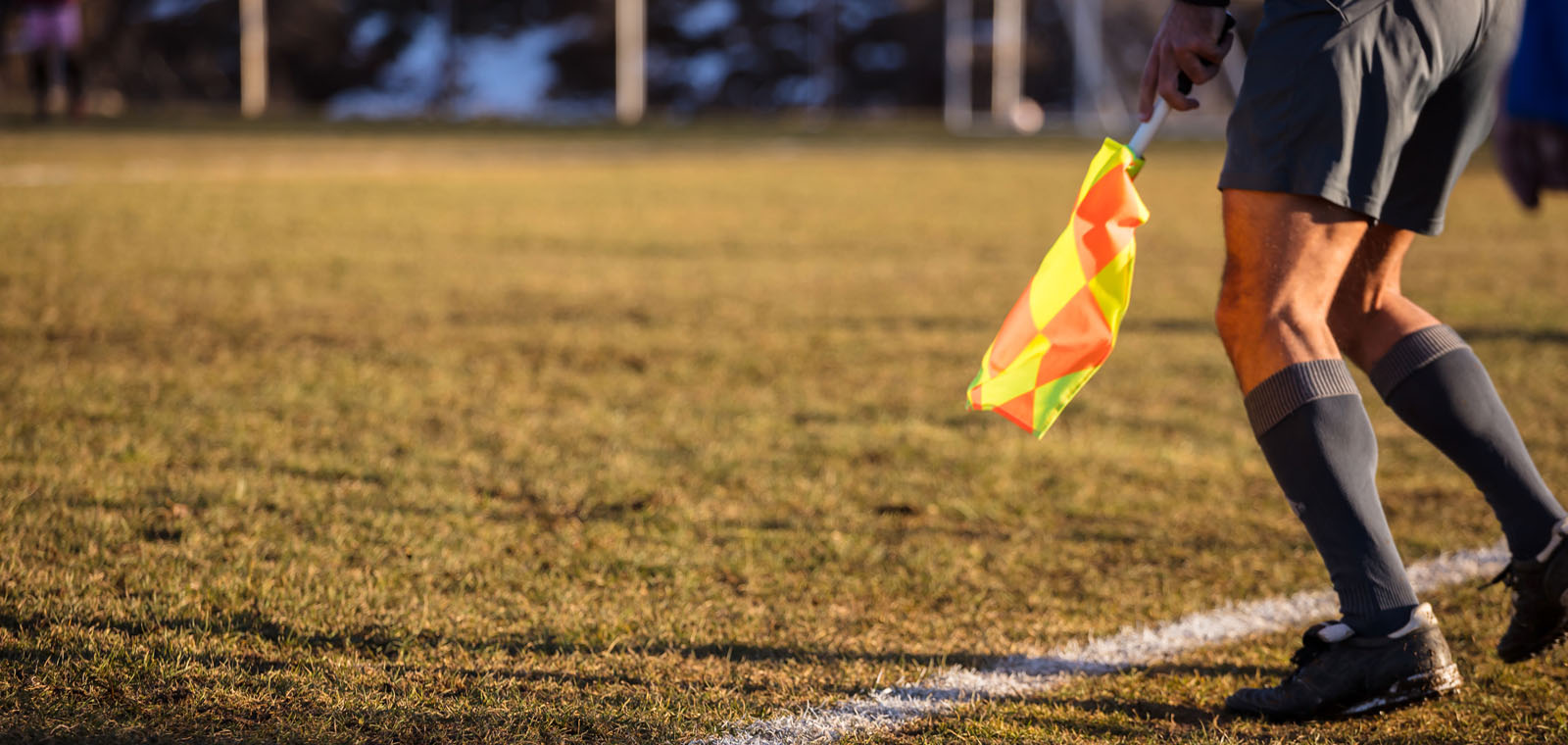-
The views expressed herein do not constitute research, investment advice or trade recommendations, and do not necessarily represent the views of all AB portfolio-management teams and are subject to change over time.
Why Investors Shouldn’t Take a Time-Out from High Yield

For illustrative purposes only.
As of June 30, 2021
Hypothetical high-yield portfolios comprise eight-year bonds, initially callable in three years at par + 50% of coupon. Investment horizon: nine years. Assumes zero defaults and linear yield trajectories.
Source: AllianceBernstein (AB)
For illustrative purposes only.
As of June 30, 2021
Hypothetical high-yield portfolios comprise eight-year bonds, initially callable in three years at par + 50% of coupon. Investment horizon: nine years. Assumes zero defaults and linear yield trajectories.
Source: AllianceBernstein (AB)
Will Smith is a Senior Vice President and Director of US High Yield Credit. He is also a member of the High Income, Global High Yield, Limited Duration High Income, Short Duration High Yield and European High Yield portfolio-management teams. Smith designed and is one of the lead portfolio managers for AB’s Multi-Sector Credit Strategy, which invests across investment-grade and high-yield credit sectors globally. He leads the monthly High Yield portfolio-construction meeting, and is a member of the Credit Research Review Committee, which determines investment policy for the firm’s credit-related portfolios. Smith has authored several papers and blogs on high-yield investing, including one on the importance of using a probability-based framework to build better portfolios. He joined AB in 2012, and spent 2014 in London as part of the European High Yield portfolio-management team. Smith started his career with UBS Investment Bank, working as an analyst with the Credit Risk team and then later on the Fixed Income sales and trading desk. He holds a BA in economics from Boston College and is a CFA charterholder. Location: Nashville
